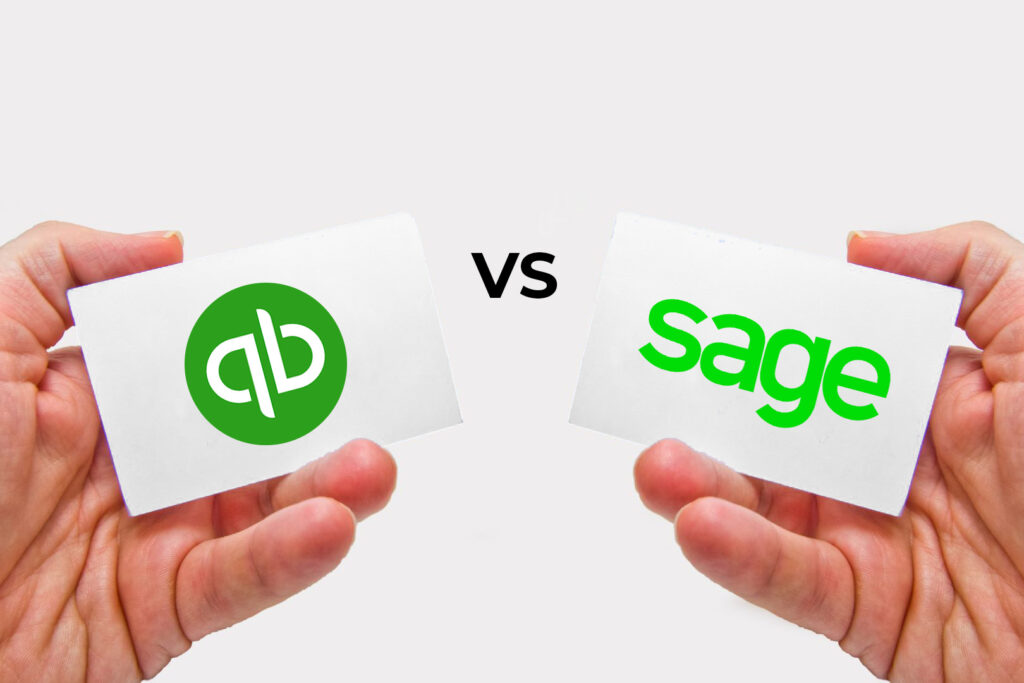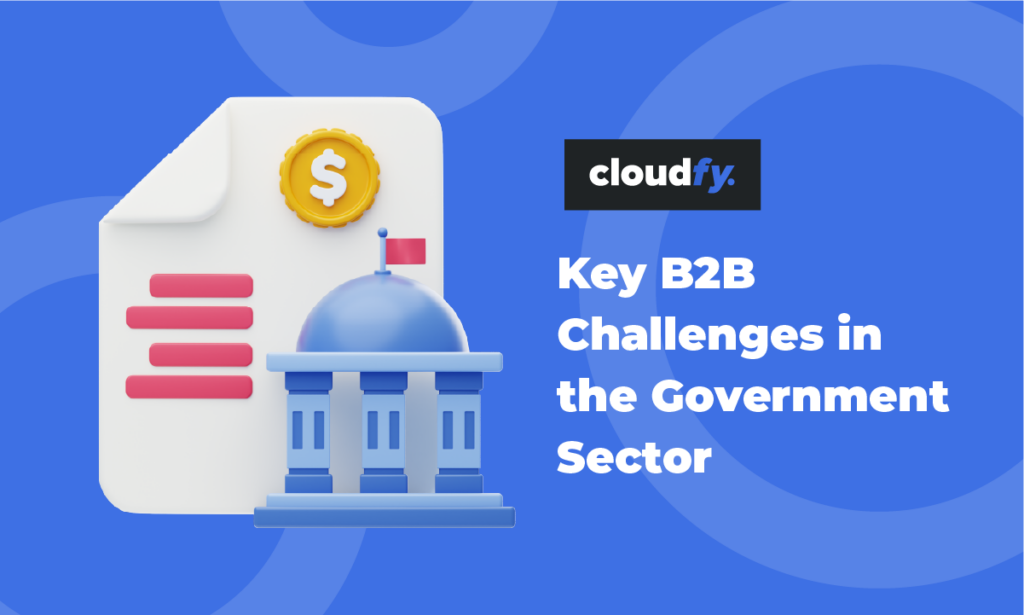QuickBooks and Sage are both leading cloud-based enterprise (ERP) accounting solutions. Starting prices for both are just a few hundred dollars per year so they’re accessible for almost any type of business. Each can handle invoicing, inventory management and payroll.
Many B2B companies are realizing the benefits of integrating customer-facing systems with their back-office applications. In a recent report 45% of B2B organizations surveyed were planning ecommerce integration with cloud-based ERP systems. Over a third said they planned to upgrade their ERP systems this year.
Table of Contents
How do you choose the best ERP and B2B ecommerce integration solution for your business?
Cloudfy is a purpose built business to business (B2B) ecommerce platform designed for complex sales. That’s why it includes integrations with leading accountancy software solutions to streamline business operations.
QuickBooks and Sage integrations are available out of the box to meet the needs of manufacturers, distributors, and wholesalers. It’s valuable when you need to manage external factors like material costs and growing international competition.
You can automate order processing and reduce order enquiries from your customers. Synchronizing your products, inventory, pricing and order histories in real-time is simplified. Your distributors and wholesale customers can view your catalog, place orders, check their accounts and pay invoices easily online.
Sage has options suitable for different sizes of business. You can start with just two users and upgrade as your business grows. You can add payroll and automatic invoicing, receipts, bank statements and invoice payments via Stripe or PayPal, for example.
QuickBooks’ Simple Start entry-level option for one user costs less than many other accounting packages, including Sage. There are also Essentials, Plus and Advanced options. You can add payroll but there’s an extra monthly fee for each employee.
QuickBooks vs Sage
Accounting
Both QuickBooks and Sage provide expense management, invoicing, automatic bank reconciliation and financial reporting with their entry-level plans. Sage also includes inventory management, job costing, bill tracking and basic cashflow reporting. Sage’s higher level plans also offer advanced reporting and accounting tools. As your business grows you can upscale to either Sage Intacct or QuickBooks Desktop Enterprise.

Invoicing
Both QuickBooks and Sage offer unlimited customizable invoices with options such as automatic recurring invoices. Sage also offers batch invoicing. QuickBooks includes invoice-based payment without an additional fee. Sage invoice payments can synchronize with some third-party payment providers for a fee.
Inventory management
All Sage plans provide inventory management which is also included in QuickBooks Plus and Advanced options. With Sage Premium and Quantum, you can generate trackable serialized inventory records. QuickBooks Plus and Advanced offer basic inventory tracking only.

Sage offers around 50 integrations including Stripe, PayPal, Avalara and Fortis. QuickBooks integrates with over 750 third-party business apps. If you favor Sage and need third party integrations Sage Intacct synchronizes with over 350 apps.
Mobile accounting
QuickBooks’ mobile iOS and android accounting apps include invoicing, receipt scanning, expense and mileage tracking and reporting. Sage now also offers apps for expenses, inventory, quotes and invoicing.

Customer service
QuickBooks’ parent company, Intuit, customer service reviews include criticisms for limited access to live agents, long waiting times and complicated phone menus. In contrast, each Sage product has its own resource center with access to a community hub and knowledge base. It offers live Q&As, phone-based customer service, online requests for service, and live and pre-recorded courses.
QuickBooks vs Sage – which is best for you?
All Sage plans include inventory management and it can scale as your business grows. There are extensive customer service and education resources and you can manage multiple businesses. However, there are limited third-party integrations and payroll integration relies on Sage Payroll.
QuickBooks provides free one-on-one guided setup for new users and is probably easier to learn for new business owners. However, customer service has received criticism. Its mobile accounting app is popular and it has a live bookkeeping add-on. If you’re likely to need third-party integrations, QuickBooks probably has the edge. If you have employees, you might find the payroll options limited.
Overall, Sage is good for fast growing or midsize businesses and for managing multiple businesses. You can manage your bookkeeping and inventory tracking all in one place. QuickBooks is good for freelancers and smaller businesses requiring straightforward bookkeeping and accounting tools. You can also access a wide range of apps if you’re looking for easy integrations.
Choosing the best solution for your business
Cloudfy is a software as a service (SaaS) B2B ecommerce platform specially designed for complex sales. It provides pre-built integrations for both QuickBooks and Sage.
Find out how to simplify your business, scale as you grow and save money with Cloudfy integrations. Book a free demonstration today.
Frequently Asked Questions
Complex administration can slow down business growth and affect performance and profitability. Accountancy software and B2B ecommerce integration allows you to scale your business and optimize processes. You can improve customer experiences and keep control of your business data. An integrated online self-service system makes the best use of data, automates processes, reduces errors and streamlines sales.
Yes, when you integrate your accountancy software with your B2B ecommerce platform order information is immediately added to your records. Add a payment gateway and the whole process can be handled seamlessly. There’s no need for manual data entry so you’ll save time and improve accuracy. Most importantly, customers can place their orders when it’s convenient for them.
Integration with the right enterprise (ERP) system allows you to show your inventory levels and product information, almost in real time. Your customers can order with confidence and you can rely on accurate stock information.






